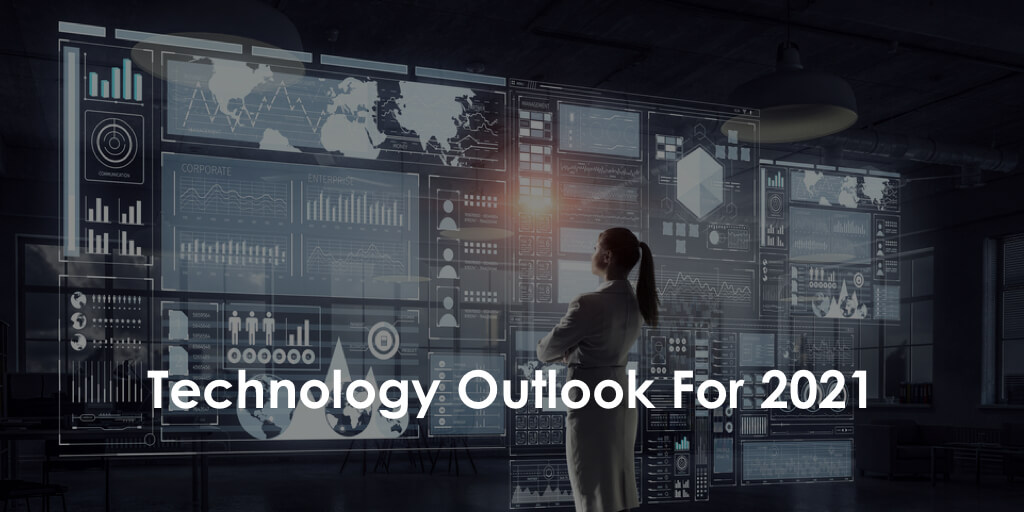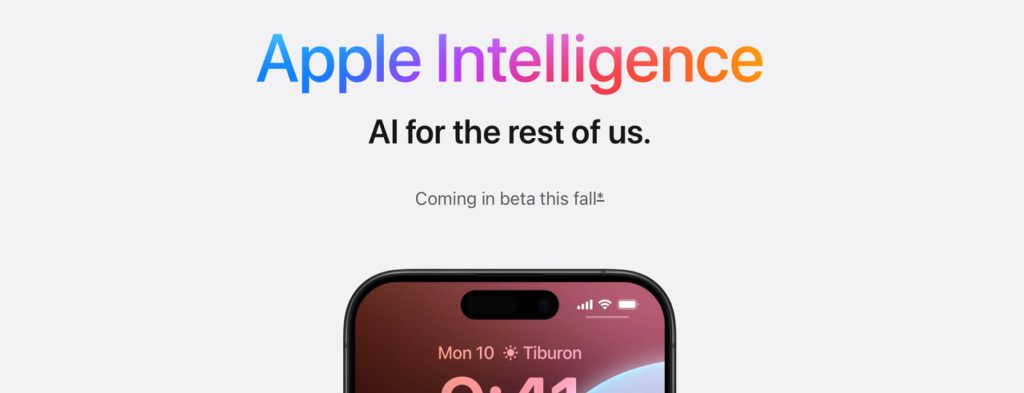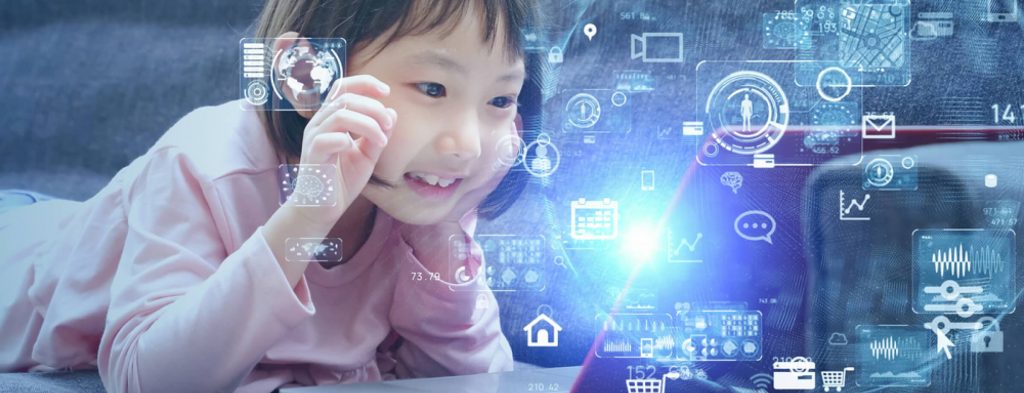In 2019, no one predicted 2020 would be dominated by Zoom meetings and DoorDash food deliveries. But here we are. The coronavirus pandemic reshaped global customs of where we work, how we make purchases, where we go and how we entertain ourselves. Flipping the calendar into next year, it also appears we’re not going back to the “old” normal any time soon.
But that doesn’t mean the world has come to a standstill—especially when you consider technological advances. In fact, it was technology that made the pandemic manageable for most of the world (the internet makes being stuck at home so much better that it was 100 years ago), and it’s also the reason we have multiple vaccines already being delivered in such a short time.
So now that 2020 is almost behind us, it’s time to review what to expect in tech advances for the coming year. A quick selection of exciting technologies to watch for 2021 are highlighted below.
Table of Contents
- Enterprise Apps Become A Priority
- App Security Takes Centerstage
- Wearable Devices Are Getting More Attention
- M-Commerce Is Becoming A New Standard
- The Internet of Things (IoT) Is Diversifying
- Beacons & Location-Based Services Become More Common
- Chatbots Do More Heavy Lifting For Customer Satisfaction
- Extended Reality (XR) Becomes The New Horizon
- Foldable Displays Are About To Be Everywhere
- Enterprise Risk Management Defines Strategy
Enterprise Apps Become A Priority
With digital transformation rapidly happening across most industries, all of the new digital processes being developed can’t function without an application to control them. The majority of these new apps are being deployed using open source code, which speeds up projects and makes them easier to maintain.
For 2021 and beyond, we should expect to see more enterprise integrations borrowed from mainstream consumer tech, such as push notifications, voice search options and intelligent suggestions from machine learning algorithms. No code/low code solutions will also continue to expand within enterprise apps to reduce the need for a developer to create custom integrations between platforms.
App Security Takes Centerstage
The SolarWinds breach will elevate the importance of security not just among web applications and core infrastructure connected to the internet, but apps as well. Right now, most organizations have developers and security administrators working in separate silos. Emerging strategies are calling for developers to work more closely with security operations (secops) before and during code development. Current practices tend to rely too heavily on secops identifying and correcting problems after development is finished. Part of the new process will require developers to learn and implement more security best practices rather than passing the responsibility to another department.
Wearable Devices Are Getting More Attention
The latest Apple Watch is able to monitor blood oxygen levels like a pulse oximeter, which is one of the simplest ways to determine lung function problems that result from coronavirus. The Apple Watch and its competitors are quickly becoming a vital tool for identifying medical issues before seeing a doctor.
Looking forward, wearable devices like these are going to get more attention from medical and life insurance providers. Users who opt into allowing them to track their vitals and activity levels will result in lower rates for everyone who leads a healthy lifestyle. There are also some advances being made in this area related to clothing, such as swimsuits connected to apps that can identify UV levels and recommend the wearer put on more sunscreen.
M-Commerce Is Becoming A New Standard
E-commerce proved itself as a critical component of keeping people physically distanced in 2020, and will no doubt continue its erosion of foot traffic for brick and mortar stores in 2021. But it’s also important to look at how e-commerce is changing.
More smartphone users than ever are opting to search for and make purchases on their phones rather than switching to a computer. M-commerce (mobile commerce) is driving how brands shape the purchasing experience. It’s not difficult to check out from a desktop when a site asks for your name, address and credit card information, but it’s a tedious process on a small screen.
You should expect to see more streamlining of this experience in 2021 for mobile devices. More brands are integrating services like Apple Pay, Google Pay and Paypal into their apps to make purchases seamless with just a few taps. App users are also pushing for these types of integrations because they don’t want their financial information stored across multiple sites. Growth from technologies like Apple’s App Clips will also accelerate this process.
The Internet of Things (IoT) Is Diversifying
2021 will see more families adopting IoT devices that feature Alexa, Siri and Google Assistant, but that’s just the beginning of where IoT is headed. Rather than using a blanket term for this technology, there will be new startups and enterprise solutions that focus on niche areas within it. So you should expect to see IoT solutions coming for logistics, packaging, clothing, home appliances and many more sectors of the economy.
And again, due to the recent SolarWind breach, there will be much more oversight into IoT applications from a security perspective. Many early IoT solutions have shown how susceptible they are to being hacked, so consumers and businesses will demand these risks be reduced.
Beacons & Location-Based Services Become More Common
With everyone spending more time on their smartphones, these devices have become an ideal target for personalized advertising. The trick is in identifying when and where to deliver the ads for maximum effect. Beacons and other location-based services are the answer.
A beacon is a small device that can be placed almost anywhere and transmits a signal that phones receive. They only project a signal within a small area, so they’re perfect for retail businesses to use when potential customers walk by or enter a store. The most common way they’re used is to send a notification about a sale or offer a coupon.
They also help bridge the gap between ads displayed online and foot traffic to a store. For example, if a consumer clicks an ad on their phone, a beacon can be used to identify if they enter a store. This is one of the only ways to connect how online promotions turn into in-person store visits.
Chatbots Do More Heavy Lifting For Customer Satisfaction
No one likes a long phone wait for a customer service rep to solve a problem. Chatbots help alleviate some of the burden on customer service teams by providing easy answers to the most common questions they receive.
In 2021, look for more organizations using chatbots, but with the benefit of machine learning being added. So instead of only being able to check an account balance, which is very simple to do, machine learning makes it possible for chatbots to handle more complex issues like providing refunds.
Extended Reality (XR) Becomes The New Horizon
Virtual reality requires a headset to create an immersive experience. But current implementations don’t include feedback for our other senses, like touch and smell. The next evolution of VR will incorporate all of the senses and it’s being called Extended Reality (XR). Education, industry and gaming are already experimenting with ways it can be used, but we’re going to see a lot more implementations coming soon, and they won’t be confined to an office or home. 5G speeds for smartphones and other connected devices will allow us to have XR experiences anywhere we can get a signal.
Foldable Displays Are About To Be Everywhere
There’s a debate happening around the world that is dividing families and friends. No one agrees on which is better: small phones or big ones? Some people complain the large ones don’t fit in their pockets. Others say a small screen puts too many limitations on users. Meanwhile, all the major smartphone manufacturers are quietly working on a solution that’s about to be everywhere: Foldable smartphones.
You may have already seen the first ones to arrive from Samsung and Motorola. They had some initial quality issues, but it seems like those problems are being worked out. The next wave from all the other manufacturers is coming soon. Buyers will then get the benefit of a large phone that can be folded to fit in their pockets, so maybe debate about phone size will finally end… but probably not.
Enterprise Risk Management Defines Strategy
The central philosophy of enterprise risk management is to have plans for “what if” scenarios. While this level of strategic thinking is useful, it’s only practical if the infrastructure to implement potential responses is in place. Look for organizations to develop complete applications, including mobile apps, to respond to high-probability situations that can negatively (and positively) affect them.
Innovative Organizations Partner With Blue Whale Apps
Blue Whale Apps is a full-service development firm that helps organizations add machine learning, IoT integrations, augmented reality and other custom solutions to their offerings.
Our team can handle all parts of the development process, from reviewing where you are now, to making and implementing a plan for where you want to go. We specialize in end-to-end development for Fortune 1000 businesses and government agencies, including consulting, branding, UX design and hand-crafted code.
Recent projects have included apps within the healthcare, technology, public utilities, entertainment, retail, consumer products and automotive industries. And last year, Blue Whale Apps was named the #1 Mobile App Developers by AppFutura, Clutch, and Good Firms in 2019.
Contact Blue Whale Apps today to discuss which tech solutions you want to adopt within your organization.






